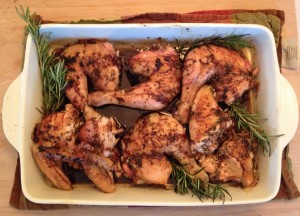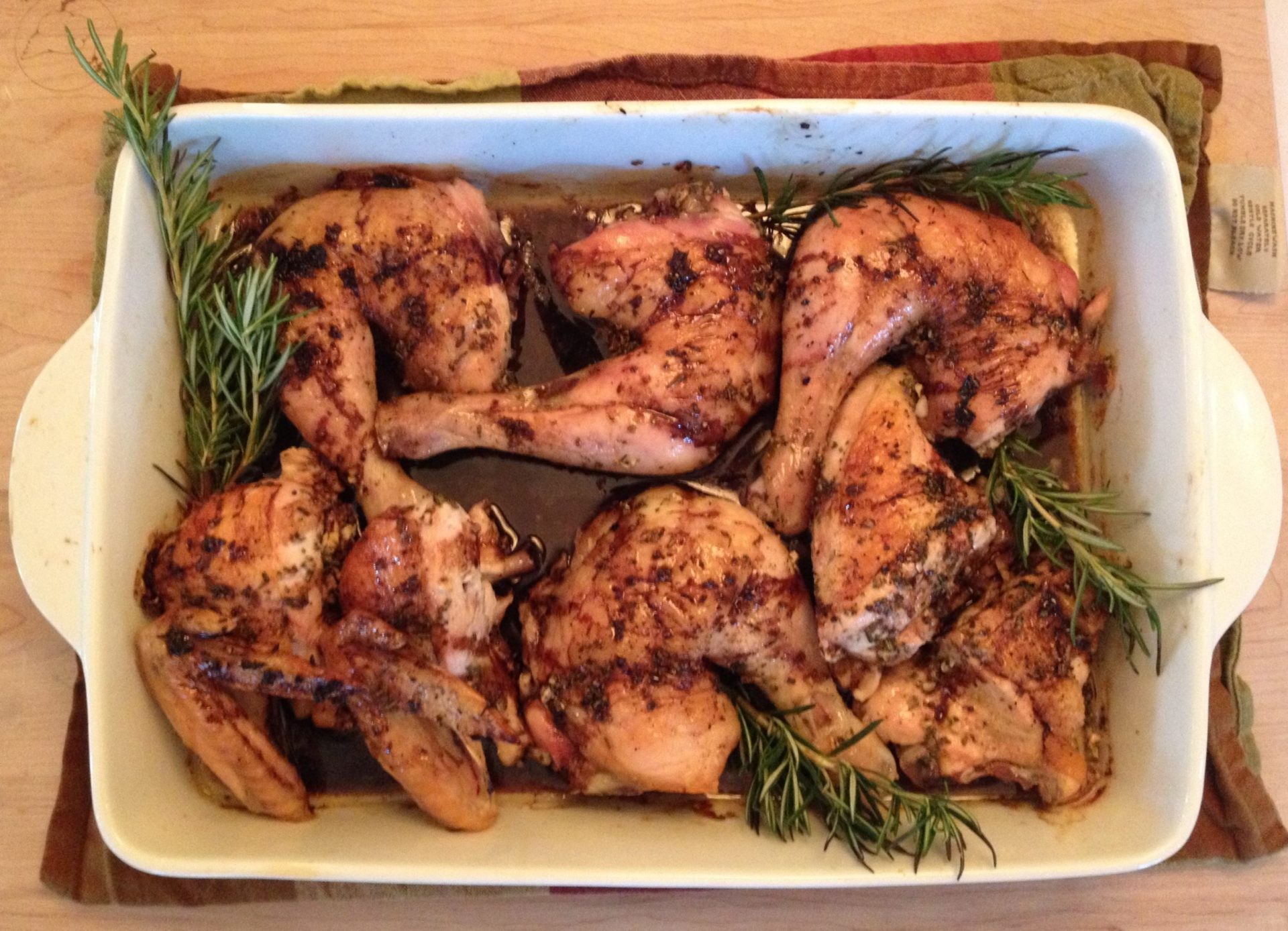 Balsamic vinegar is almost a religion in Italy, and more specifically in Emilia-Romagna. It dates back to monks making the stuff in the 12th century. The word balsamico has its roots in Latin – meaning “restorative” or “curative”. Good quality Balsamic Vinegar is not acidic at all but instead has a sweet taste.
Balsamic vinegar is almost a religion in Italy, and more specifically in Emilia-Romagna. It dates back to monks making the stuff in the 12th century. The word balsamico has its roots in Latin – meaning “restorative” or “curative”. Good quality Balsamic Vinegar is not acidic at all but instead has a sweet taste.
There are actually three kinds of balsamic vinegar:
- Aceto Balsamico Tradizionale – certified by one of two consortia in Modena and neighboring Reggio Emilia, aged at least 12 years, and protected under the European Protected Designation of Origin. This is the really expensive stuff that is usually made by small family businesses using centuries-old artisanal methods. A few drops are carefully placed on prepared dishes such as roast chicken, or fresh foods such a fine cheese.
- Aceto Balsamico di Modena – commercial grade vinegar, some of which has been rejected as Aceto Balsamico Tradizionale. This wide category includes everything from very high quality vinegars to the stuff at Trader Joe’s. The only way to really evaluate one is to ask for a taste. Mostly used in cooked dishes and salad dressings.
- Condimento Balsamico – a mix of the above two or vinegar made in the style of Aceto Balsamico Tradizionale but produced outside the authorized geographic boundaries.
Balsamic vinegar is big business in Italy, as you can tell by the dizzying array of products found on American shelves and speciality shops. But be sure to seek out a taste of the real thing—Aceto Balsamico Tradizionale. Even tasting a few drops will tell you the WHOLE story.
This recipe uses a higher quality Aceto Balsamico di Modena (commercial grade). Find a brand that is thick, flavorful and not too acidic. This recipe serves 4-6 people and is easily doubled or tripled.
Ingredients and Directions:
- 1 whole roasting chicken (4-5 lbs.) – backbone removed and cut into 6 pieces.
- 1 large rosemary sprig – leaves removed from stem
- Additional rosemary sprigs for garnish
- 1 large garlic clove
- ¼ teaspoon of course salt
- Fresh ground black pepper
- 4 tablespoons high quality Aceto Balsamico di Modena
- Rinse and pat dry the chicken with paper towels. Arrange the chicken in an oven-proof serving dish.
- On a cutting board, place the rosemary leaves, garlic and salt. Using a sharp knife, chop all the ingredients together until you have a course meal or almost a paste. Rub the mixture all over the chicken and sprinkle with freshly ground pepper.
- Allow the chicken to marinate for as long as you have time and up to 24 hours. If marinating for more then a couple of hours, cover with plastic wrap and place in the refrigerator.
- Pre-heat the oven to 350°F. Remove the chicken from refrigerator if needed, remove plastic wrap and let it return to room temperature.
- Roast the chicken for about 1 hour, basting with its own juices every 15 minutes. Check for doneness by inserting a thermometer. The chicken is done at 165°F and when the juice runs clear. If the chicken is not golden brown and crispy at about 45 minutes, crank the oven temperature up to 425°F for the remaining time.
- Remove the oven-proof serving dish from the oven. Drizzle the balsamic vinegar over the chicken and let it drip into the basting juices. Garnish the chicken with the additional rosemary sprigs.
- Serve and spoon some of the basting juices mixed with the balsamic vinegar over each serving.


Balsamic vinegar is so misunderstood in this country. Joe, this post is great because it really lays out the different categories… great post… 🙂
Jeremy .. Thank you. I agree that Americans are totally in the dark on this – e.g., giant bottles of Aceto Balsamico di Modena to TJs. P.S., we’re going to the Donkey & Goat dinner this Tuesday. Really looking forward to it!! Joe